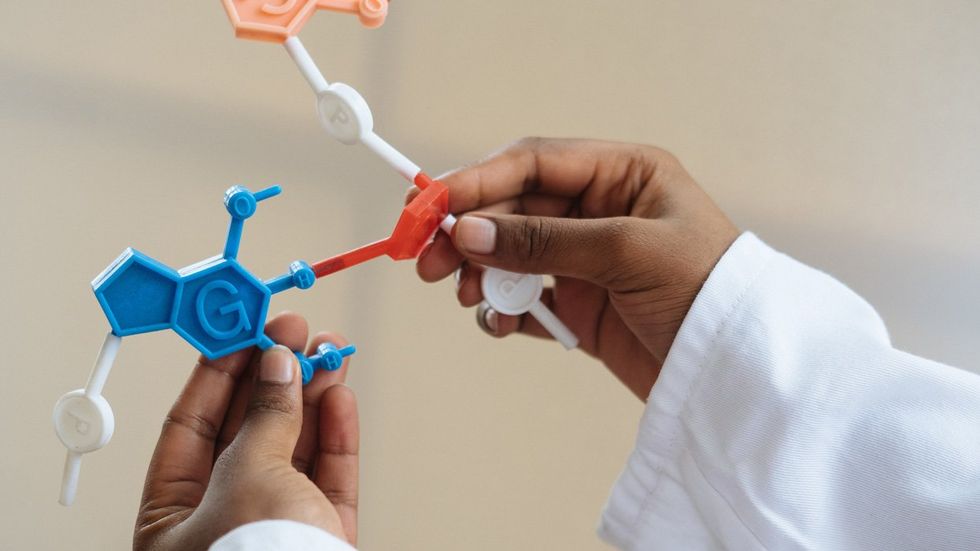A research team led by scientists from the Lewis Katz School of Medicine at Temple University and the University of Nebraska Medical Center (UNMC) has developed a combination gene therapy that uses CRISPR to inactivate or "snip out" two different genes in "humanized" HIV-positive mice.
The study, published in Proceedings of the National Academy of Sciences, showed that the combination of gene therapies with long-acting antiretroviral therapy (ART) eliminated the virus in around 60% of the models, compared to 29% reported in a 2019 study.
The researchers started by dosing HIV-positive mice with long-acting slow-effective release ART (LASER-ART), a protocol co-developed by Howard Gendelman, M.D., co-senior author, and fellow Exavir co-founder Benson Edagwa, Ph.D.
After a month, the researchers used CRISPR-Cas9 to inactivate the gene for CCR5, which the virus uses to enter and infect cells. The team then initiated a second CRISPR-Cas9 treatment to remove the integrated copies of HIV-1 DNA from the host genome. The experiment carried on for two months to ensure the virus would not rebound. In the end, six of the 10 animals in the treatment group were virus-free, and five of the nine treated mice in a second round of experiments were completely virus-free.
“The importance of this strategy is twofold: First, CRISPR remains the method of choice for permanent elimination of the virus, and second, this combination for targeting the virus along with some other method to prevent spread, such as inactivation of CCR5 by CRISPR, can be improved for permanent elimination of the virus,” Kamel Khalili, Ph.D., of Temple University, told Fierce Biotech Research.
The researchers hope to develop a better drug delivery system and are working on developing systems that will make it possible to deliver multiple treatments of a single type of gene therapy. They are also looking to develop highly targeted nanoparticles as well as several other modified, efficient and harmless viral vectors that will bind to the CCR5 co-receptor and deliver the HIV-1 gene therapy directly to sites of active growth. The team has an ongoing phase 1/2 clinical trial on their HIV-1 gene therapy.
“Our next goal is to improve the efficacy of the approach and CRISPR toward the elimination and prevention of the virus’ spread,” Khalili said. “I think [combination gene editing] is where we need to get to, but we need to learn a little about each step.”

















































































